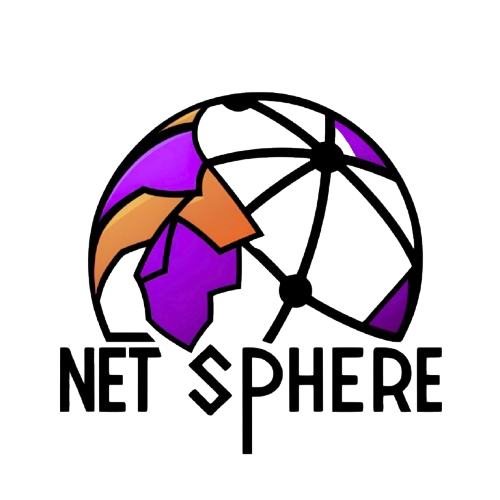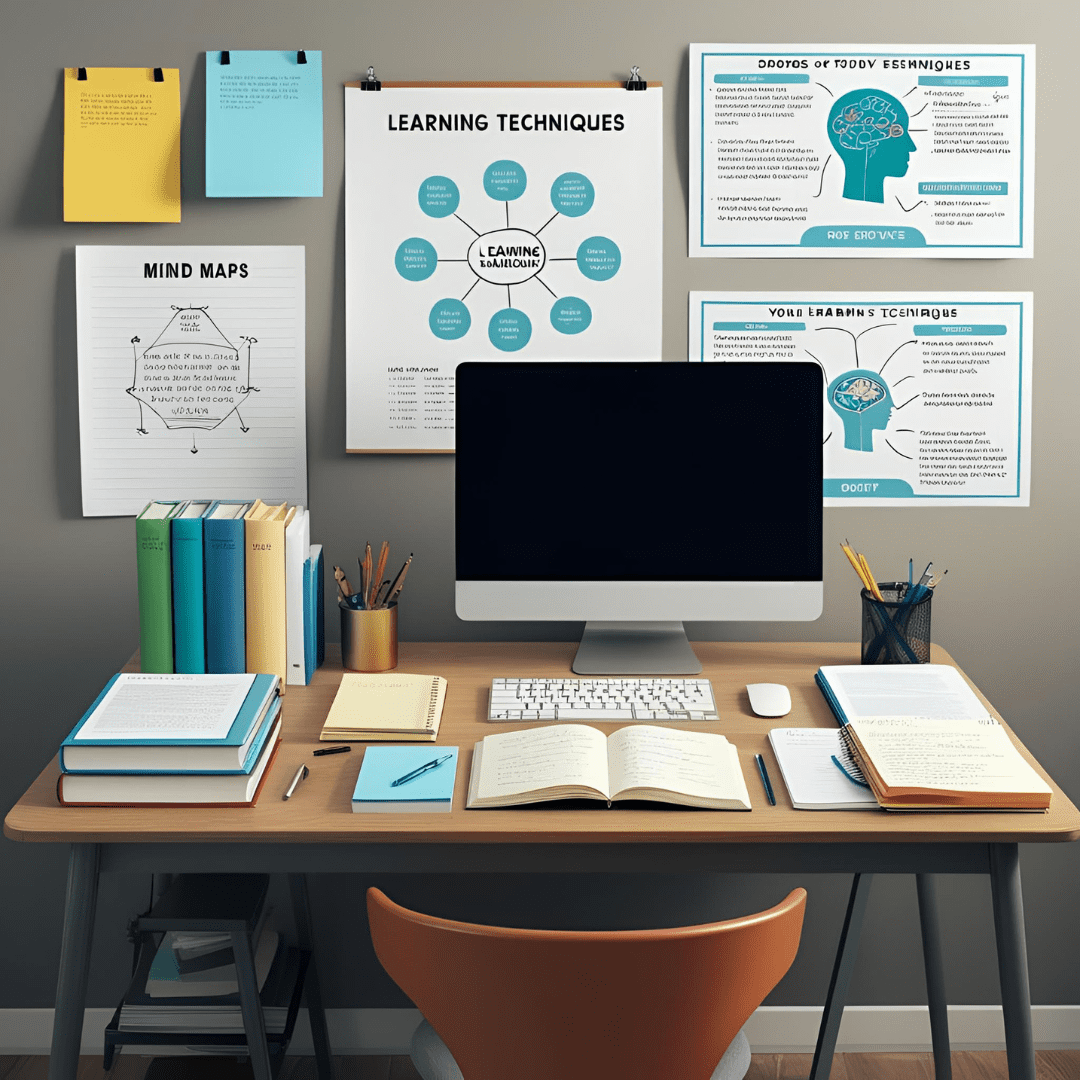Learning how to learn is an essential skill for anyone looking not only to study more effectively but also to develop the ability to acquire knowledge continuously and autonomously. Whether for formal studies, like school or university, or for those who prefer the self-taught path, there are proven techniques that can help optimize your time and increase content retention. In this post, we will explore some of these techniques and how they can transform your study habits.
1. The Pomodoro Technique: Focus and Productivity
The Pomodoro technique is a simple yet highly effective approach to improving focus and productivity during study sessions. The central idea behind this technique is to divide studying into short, intense blocks of time followed by breaks.
How it works:
- Study in blocks: The study is divided into 25-minute blocks of complete focus, known as “Pomodoros,” followed by a short 5-minute break.
- Longer break: After four Pomodoros, take a longer break of 15 to 30 minutes.
This technique is powerful because it helps maintain concentration and prevents mental fatigue, allowing you to stay productive for longer periods.
Practical tip:
Use a timer or a Pomodoro app to track your time. This can make studying more dynamic and even fun!
2. Spaced Repetition: The Power of Spacing Out Reviews
The spaced repetition technique is one of the most effective methods for memorizing information for the long term. The basic concept is to review content at increasingly longer intervals, which reinforces memory and helps transfer knowledge into long-term memory.
How it works:
- First review: You study the content for the first time and then review it after a few hours or the next day.
- Second review: After the initial review, you review the content again but with longer intervals, such as two days later, a week later, and so on.
This technique is ideal for those who need to learn and retain large amounts of information, such as students in fields like medicine, law, or any other subject with substantial data to memorize.
Practical tip:
Use apps like Anki or Quizlet, which have algorithms that adjust the review intervals based on your performance.
3. The Feynman Method: Teach to Learn
The Feynman method is based on the idea that the best way to understand something deeply is by teaching it. The technique is named after physicist Richard Feynman, who was known for his ability to explain complex concepts in simple and accessible ways.
How it works:
- Step 1: Choose a concept or topic you want to learn and write a simple explanation about it, as if you were explaining it to someone who knows nothing about the subject.
- Step 2: Review your explanation and identify areas where you’re not clear. Study those areas until you can explain everything simply.
- Step 3: Simplify even further using analogies and real-life examples, as if you were teaching a child.
This method helps consolidate knowledge and understand the content more deeply, while also increasing your confidence when applying what you’ve learned.
Practical tip:
If possible, find someone to whom you can teach what you’ve learned – even explaining out loud can be extremely helpful to solidify the content.
4. Deliberate Practice: The Secret to Mastery
Deliberate practice is a technique used by masters in various fields, such as musicians, athletes, and even business professionals. It involves practicing with a specific goal of improving particular aspects of a skill or knowledge you’re trying to learn.
How it works:
- Identify your weaknesses: Instead of repeating what you already know well, focus on the areas where you need improvement.
- Challenge yourself: The idea is to step out of your comfort zone and try more difficult and challenging tasks, without sticking to things you already find easy.
Deliberate practice can be applied to any area of study, such as learning a language, programming, or even advanced mathematics.
Practical tip:
If you’re learning a new language, for instance, don’t just focus on basic vocabulary. Challenge yourself by learning more complex phrases or conversing with native speakers.
5. The Mind Mapping Technique: Visualizing Knowledge
Mind maps are a great tool for organizing ideas, concepts, and information visually. They are especially useful for people who learn better visually and need to understand how information is interconnected.
How it works:
- Create a central map: Write the main topic in the center of a page or whiteboard.
- Connect the concepts: From the center, draw branches with related concepts. This helps visualize the relationships between pieces of information and makes it easier to memorize.
This technique also helps stimulate creativity as you actively make connections between ideas.
Practical tip:
Use tools like MindMeister or XMind to create digital mind maps, or make them by hand for a more reflective process.















